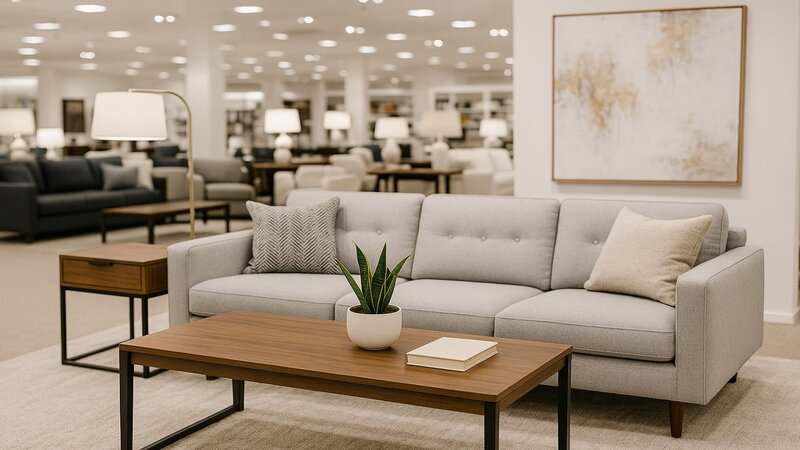Department stores have long been a go-to destination for furniture shoppers, thanks to their blend of convenience, variety, and often attractive pricing.
With everything under one roof, it’s easy to see why many people turn to these retailers for their home furnishing needs.
But is buying furniture from a department store truly the best option for your home and budget?
In this article, we’ll uncover the realities of department store furniture, exploring essential factors like quality, selection, warranties, and customer service—so you can make a well-informed decision before you buy.


















